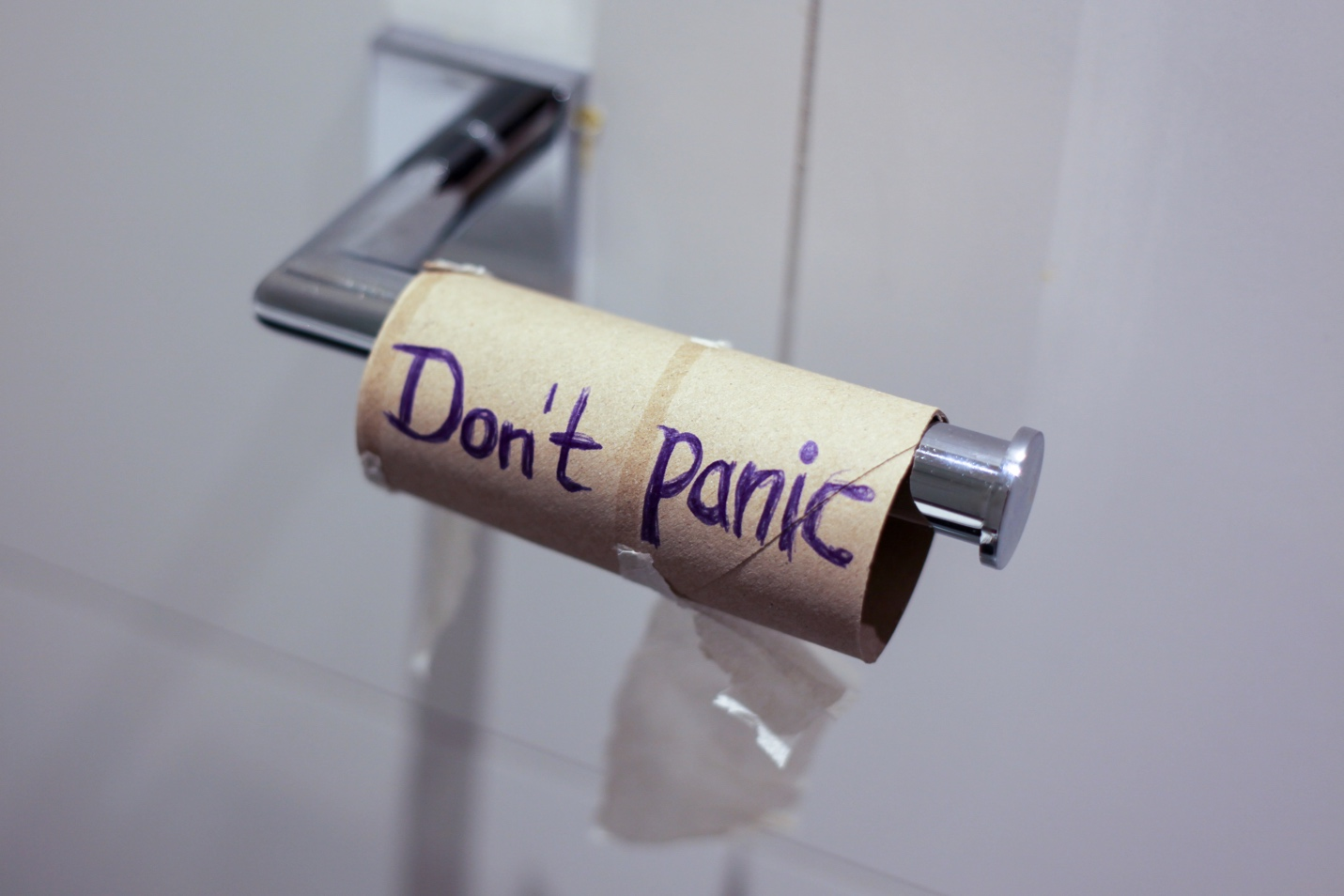Overflow incontinence is a bladder control problem often caused by weak bladder muscles. If you are having trouble with overflow incontinence, you may feel overwhelmed and unsure of what to do.
Fortunately, several home remedies can help manage overflow incontinence. Read on to learn more.
Adult diapers
With adult diapers and undergarments, those with overflow incontinence have a discreet way of keeping their clothing from becoming stained. While not an incontinence treatment, these products are available to those struggling with the condition. They range in different styles, sizes and absorbency levels for both men and women. Properly fitted adult diapers can come with a wide range of features such as waistbands, elastic leg gathers, wetness indicators, absorbent cores, and more. Access to an array of comfortable and secure products helps make managing this type of incontinence much easier.
Pelvic muscle exercises
Pelvic muscle exercises, also known as Kegel exercises, involve tightening and releasing the pelvic muscles to increase strength. Performing these exercises regularly can help strengthen the bladder muscles over time and reduce the symptoms associated with overflow incontinence. It may take a few weeks before you start seeing results, but it’s important to stick with it.
Scheduled bathroom breaks
Establishing scheduled bathroom breaks throughout the day can help prevent urine leakage due to overflow incontinence. Make sure to plan your bathroom breaks around your daily activities, such as meals or work shifts, so that you don’t forget them. Scheduling regular trips to the restroom will give your bladder time to rest in between uses and reduce the chances of urine leakage due to overflow incontinence.
Double voiding
Double voiding is a therapeutic bladder-emptying technique that can help individuals with certain urinary difficulties. The process involves urinating twice within a short period instead of just once, allowing for more efficient emptying of the residual urine that may remain in the bladder after going just once. Double voiding is especially beneficial to those individuals who have difficulty emptying their bladders due to conditions such as inhibitive urethral stenosis, spinal cord injuries, and multiple sclerosis.
Bladder training
Bladder training is an effective way to manage issues of bladder control. Through timed voiding or urge suppression, this form of behaviour modification can help one learn to delay the urge to urinate and can aid in achieving better control over incontinence. This can be particularly useful for those whose bladder muscles are weakened, leading to overflow incontinence, as periodic training can increase the strength of the pelvic floor muscles. Bladder training is also beneficial at night due to its ability to help resist an urge or sensation that might otherwise interrupt sleep; it’s a helpful tactic for creating an environment conducive to restful nights. Incorporating these techniques into your routine may have a lasting positive impact on your bladder health.
Conclusion
Managing overflow incontinence at home doesn’t have to be difficult, as several strategies can help make life easier while living with this condition. Remember, it may take some time before you start seeing results, but it’s important not to give up. With patience and dedication, managing this condition will become much easier.

